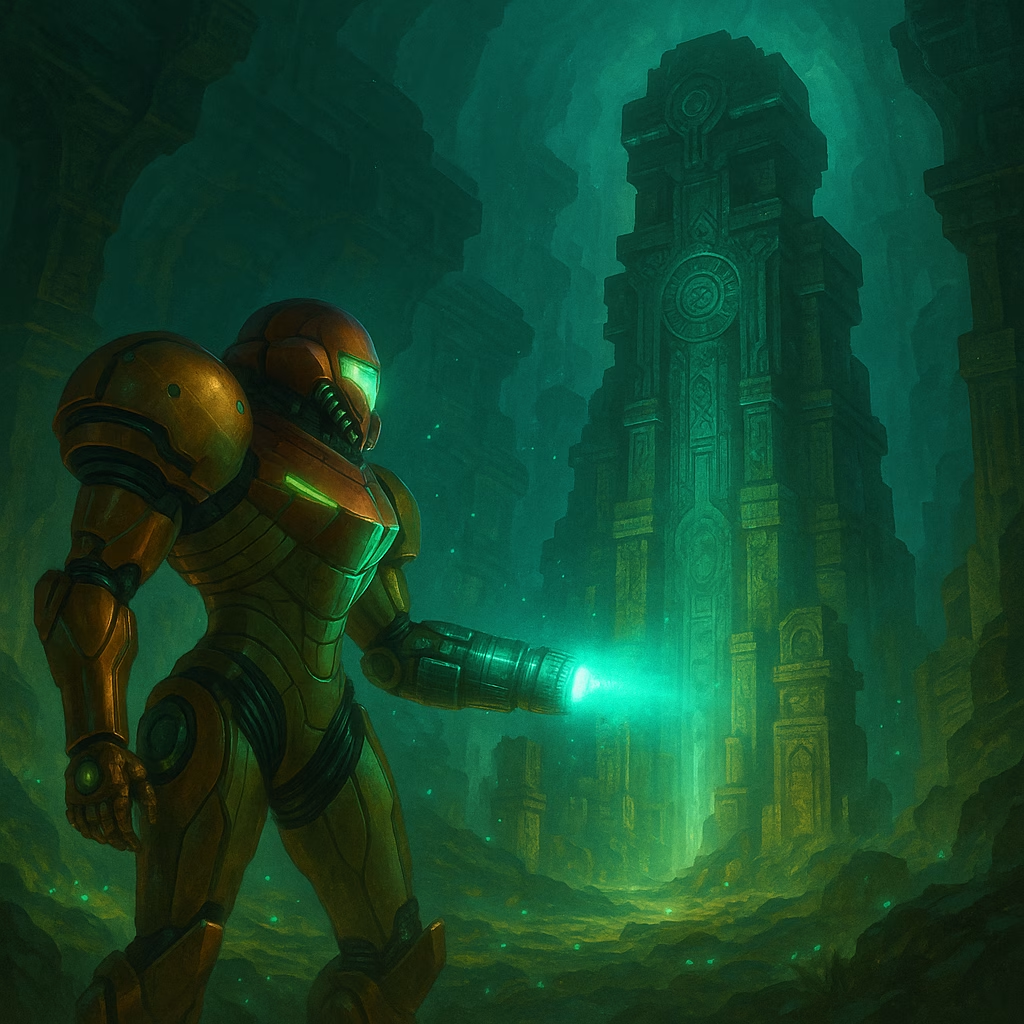Introduction: The Prime of Retro’s Innovation
When Metroid Prime launched in 2002, it wasn’t just another game; it was a bold shift in how visuals, design, and technology could create an immersive experience. Developed by Retro Studios with Nintendo, it redefined how a first-person game could tell a story without heavy dialogue or cutscenes. Today, as computers and information technology evolve, this title still stands out as a masterpiece.
From Pixels to Immersion: The Development History
Retro Studios took on a massive challenge bringing Metroid into 3D. With smart use of lighting, textures, and performance optimization, they created a world that felt alive. These decisions were not just artistic but also technical, using techniques that were cutting edge for the early 2000s. Their approach matched standards found in informa tech circles, showing how game development and IT often overlap.
Designing the Techlog Experience: Gameplay as Exploration
The idea of “techlog” here reflects how the game blends technology and storytelling. Players use Samus’s scan visor to explore the world, learn the lore, and gather clues. This system feels intuitive and encourages curiosity—like how an IT technician might troubleshoot a system step-by-step.
Metroid Prime didn’t rely on quest markers or dialogue trees. Instead, it trusted players to observe, scan, and understand. This quiet design philosophy fits with modern trends in people tech—where systems adapt to how users behave.
Visual Storytelling in a Tech World: The Artistic Philosophy of Metroid Prime
The planet Tallon IV is more than a backdrop—it tells its own story. From ruins to alien labs, each environment reveals history through art direction. The log-based storytelling doesn’t interrupt gameplay but supports it. The visuals guide players emotionally and mentally without saying a word.
Techniques like ambient lighting, natural soundscapes, and color palettes make the world feel organic and haunting. These ideas are still studied in design schools and computer information technology programs.
Samus and the Chozo: Lore Through Environmental Logging
Metroid Prime uses environmental logs to reveal its deeper narrative. Through the scan visor, players uncover the ancient Chozo civilization and their warnings about Phazon. This method is similar to how an IT technician might recover pieces of a broken system to understand what went wrong.
The result? Players feel part of the discovery. They don’t just play a game—they investigate a fallen world.
Legacy in the World of People Tech and Visual Computing
Even today, Metroid Prime is often used as an example of powerful, minimal storytelling in games. Its influence can be seen in many sci-fi titles that came after. Developers and tech educators reference it for its clean UI, smart feedback systems, and immersive world-building.
In the age of people tech and computers and information technology, Metroid Prime’s approach to exploration and visual data still inspires.
Conclusion: Where Tech Meets Emotion in Retro’s Masterpiece
Metroid Prime proves that technology and storytelling don’t need to be separate. With smart design, a game can do both—inform and move the player. It’s a classic example of how tech, art, and emotion can work together.
Coming soon on Dr Tech Log: more articles that explore how games use technology to shape unforgettable experiences.
Image Alt Text: Samus Aran scanning Chozo ruins on Tallon IV – a glowing, tech-infused atmosphere that captures the heart of Metroid Prime’s artistic vision.
External Sources:
- IGN: ‘Retro Studios Talks Metroid Prime’ Interview, January 27, 2003
- GDC Vault: ‘Metroid Prime Design Postmortem’ by Mark Pacini (2004)
- Metroid Wiki: Metroid Prime Series Overview
- Nintendo Official Site: Metroid Prime Game Page
Read Also
- Global Demand for Technology Professionals: Skills, Roles, Job Openings & Future Trends
- Fix ANR on Android: A Complete Guide to Understanding, Diagnosing, and Preventing Application Not Responding Errors
- How to Optimize a PC for Gaming: My Personal Journey with an IdeaPad 3
- AI Fitness Training: How AI in Fitness Training Helped Me Challenge My Students
- iPhone 17 Launch Event, Samsung’s Bright Future, and Key Reviews



